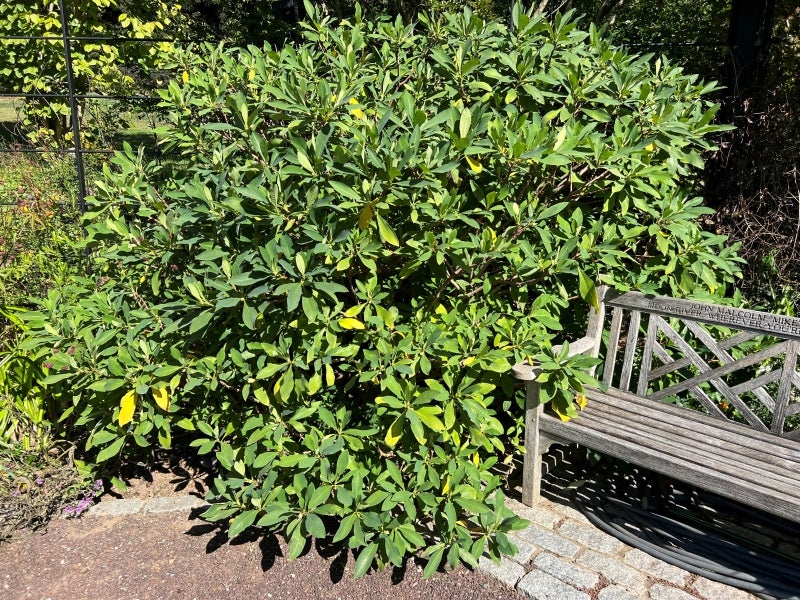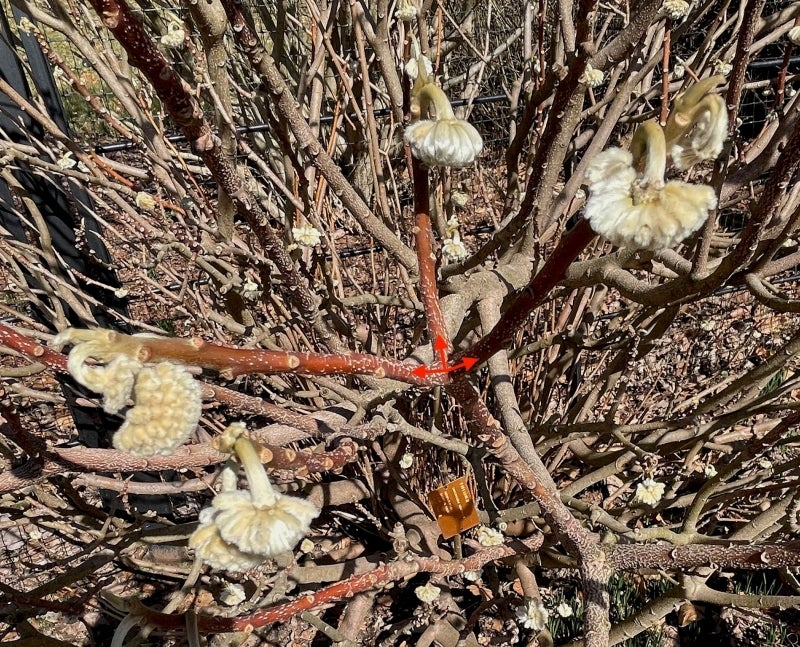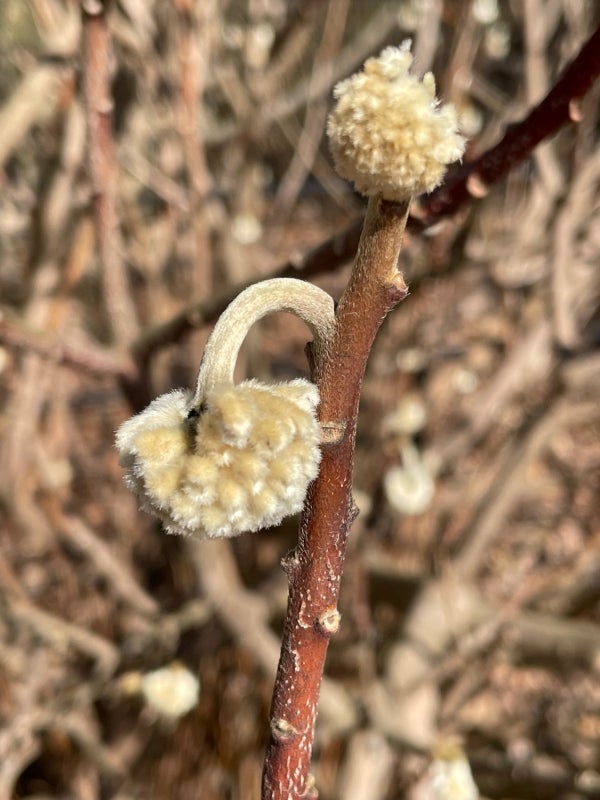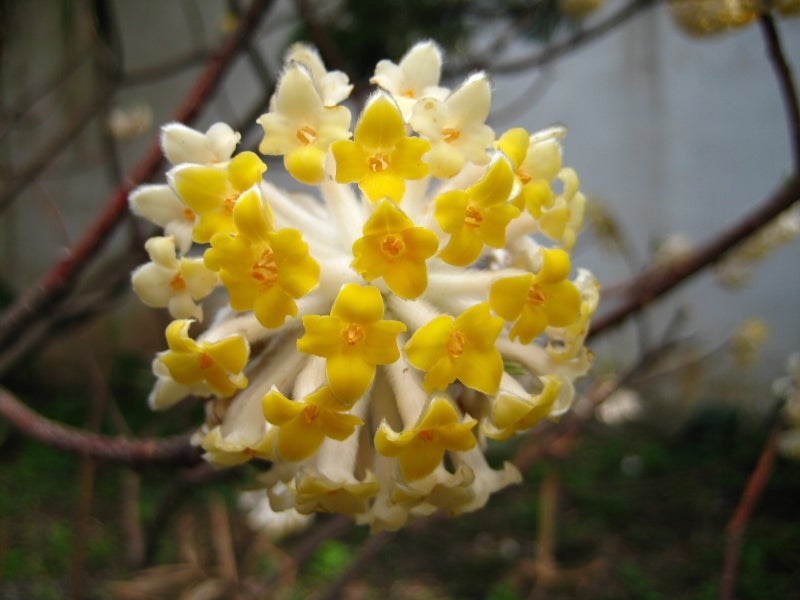Blog



Edgeworthia chrysantha is a shrub that bears fragrant flowers in the winter. While most genus names honor one person who is often a man, Edgeworthia commemorates a brother and his half-sister, each notable in their own right..
Michael Pakenham Edgeworth (1812–1881) studied botany, among other subjects, at the University of Edinburgh. He worked for fifty years as an employee of the Indian Civil Service in various administrative posts, but he devoted his spare time to botany and photography. On one return trip to India, he collected forty plants in a two-hour stopover at Aden; eleven of these proved to be new to science. A member of the Linnean Society of London, he rubbed shoulders with the great biologists of the time, including Charles Darwin.
Maria Edgeworth (1768–1849) was a prolific, much-admired novelist, praised by contemporary writers such as Sir Walter Scott and Jane Austen. Her novels are known for their moralistic tone, but she lived as she preached and cared for the welfare of the workers on the family estate during the Irish Potato Famine. Her first book, Letters for Literary Ladies, was a plea for womenʻs education. A co-ed secular school that she helped found in Edgeworthtown is now the Maria Edgeworth Centre.


Although Edgeworthia chrysantha was named in 1846 and introduced into the United States in 1901, this Chinese native has not been widely planted in the States until recently. The single Morris Arboretum specimen was obtained as a plant in 2015 from Pleasant Run Nursery in Allentown, NJ. Since E. chrysantha is not reliably winter hardy north of USDA Hardiness Zone 7a, it is fortunate that the Arboretum is located in that zone.
In the summer, the shrub bears elliptical green leaves, but this deciduous plant really stands out after the leaves turn yellow and fall, exposing the cinnamon-colored bark which is dotted with white lenticels and leaf scars. The bark is used to make fine paper, which resulted in the common name paperbush; even today, the bark is the raw material required to make Japanese banknotes. Dangling from the bare branches are clusters of flower buds covered with silky, silvery hairs that help protect them from wind and frost. The epithet, chrysantha, means “with golden flowers,” and the tubular flowers open late February though April.

Perhaps the heady perfume of Edgeworthia chrysantha will lead you to where it grows in the Pennock Flower Walk. To find the exact location of this or any of the other trees and shrubs in the Morris Arboretum, visit Collection Connection.
Katherine has her Certificate in Botany from the New York Botanical Garden and is a botanical tour guide and freelance writer. You can contact her with comments or requests for photos here.